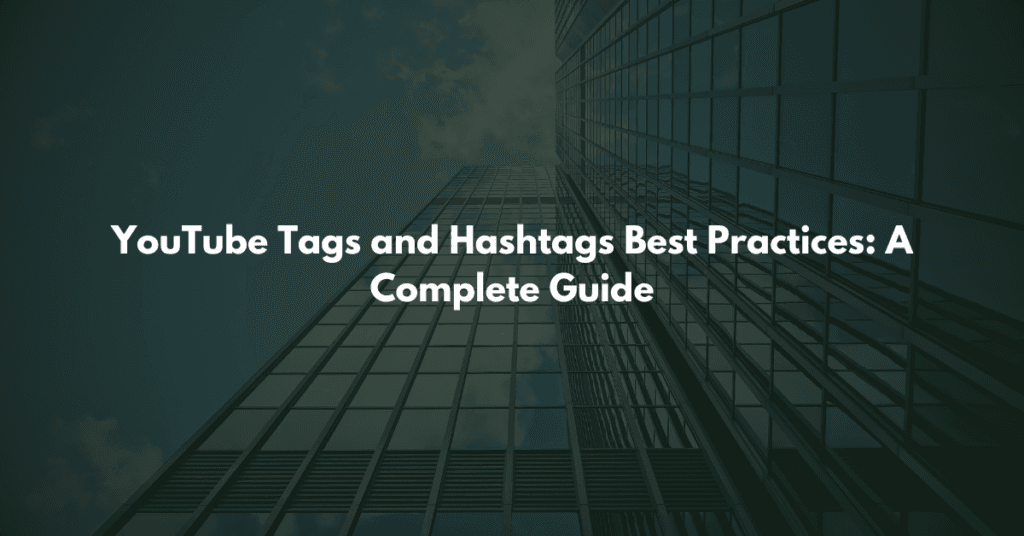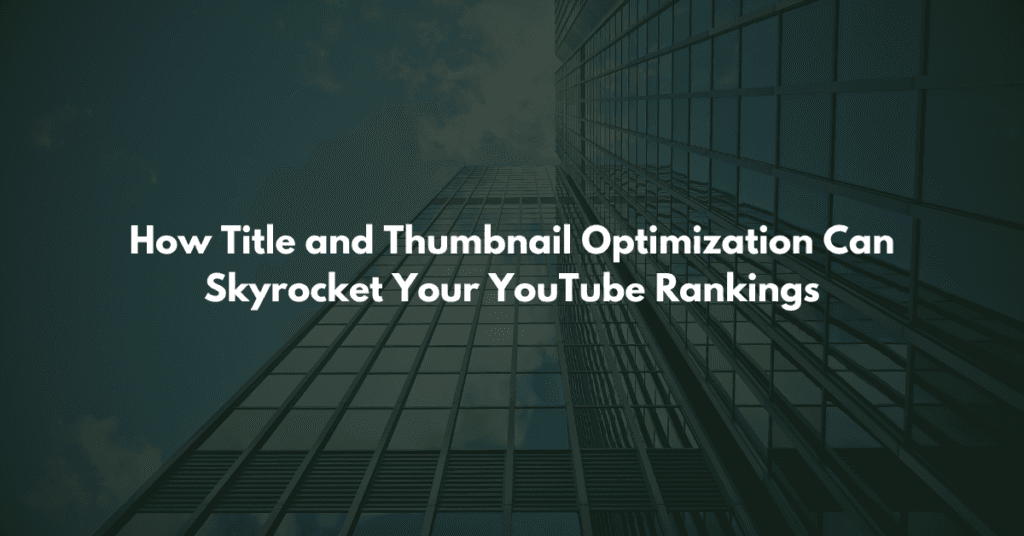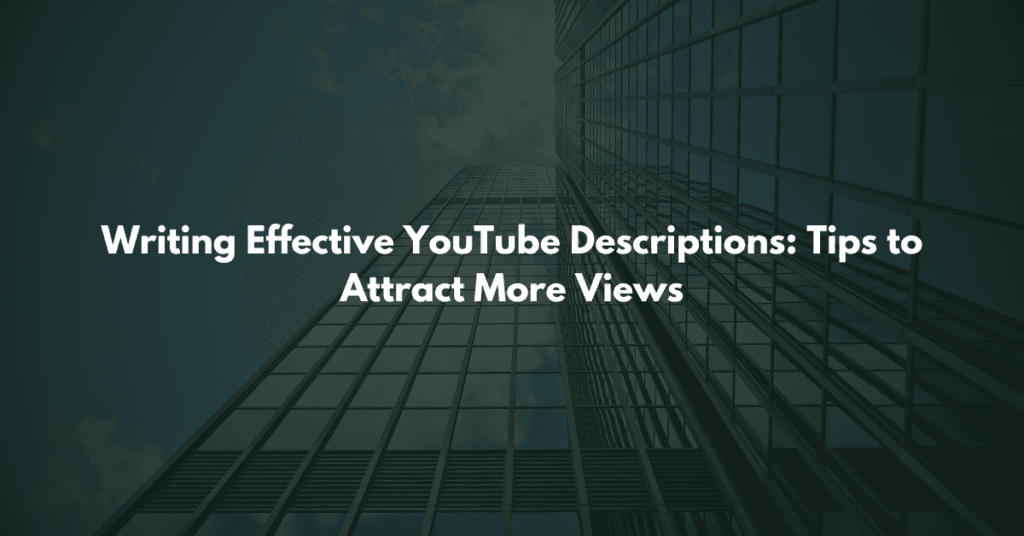Tags and hashtags on YouTube are often overlooked tools that hold incredible power for content discovery and channel growth. Tags help YouTube’s algorithm understand the context of your video, improving its chances of appearing in search results. Hashtags, on the other hand, provide a way for viewers to find your content through trending topics or related categories.
When used strategically, tags and hashtags can elevate your video’s reach, ranking, and engagement. In this guide, we’ll explore the best practices for using tags and hashtags, helping you unlock your channel’s full potential. From optimizing tags to mastering hashtags, let’s dive into everything you need to know.
Why Tags and Hashtags Matter on YouTube
Tags: Improving Search Visibility
YouTube tags serve as metadata that signals the algorithm about your video’s topic. While not the primary ranking factor, tags remain helpful for:
- Refining your video’s placement in search results.
- Helping YouTube match your video with relevant queries.
- Categorizing content for related video suggestions.
Hashtags: Boosting Discoverability
Hashtags serve a different purpose. They are clickable links that connect videos under the same tag, allowing users to explore related content. By using hashtags strategically, you can:
- Tap into trending conversations or seasonal topics.
- Enhance discoverability for niche or community-driven content.
- Build a branded hashtag strategy for loyal audience engagement.
In short, while tags and hashtags play distinct roles, both contribute significantly to expanding your video’s reach.
How to Use Relevant Tags to Improve Reach
Understanding Tags and Their Role
Tags work by helping YouTube understand your video’s subject matter. They are especially useful for new creators or videos in competitive niches, as they enhance search relevance.
Tags can be categorized into:
- Broad Tags: General keywords like travel tips.
- Specific Tags: Focused phrases like budget travel tips Australia.
- Long-Tail Tags: Highly detailed phrases like how to find cheap flights from Sydney to Bali.
Best Practices for Tag Usage
- Conduct Keyword Research:
Use tools like TubeBuddy and VidIQ to find keywords with high search volume and low competition. These tools also show what tags successful competitors are using. - Maintain Relevance:
Include only tags that accurately describe your video. Irrelevant tags can harm your ranking and credibility. - Prioritize Important Tags:
Place your main keyword or tag first, as YouTube’s algorithm gives priority to the earliest tags. - Diversify Tag Types:
Use a mix of broad, specific, and long-tail tags to cover all bases without overloading.
Where to Place Tags
Tags are added during the upload process in the Tags section. Avoid keyword stuffing—aim for around 5-10 well-researched tags to keep your metadata clean and effective.
Effective Use of Hashtags in Video Descriptions
Understanding Hashtags
Hashtags on YouTube serve as discovery tools, allowing viewers to find videos grouped under the same tag. Unlike tags, which are backend metadata, hashtags are visible to your audience and play a key role in engagement and discoverability.
Best Practices for Hashtags
- Limit Quantity:
YouTube displays the first three hashtags in the description above the title, so focus on quality over quantity. - Combine Popular and Niche Hashtags:
Use trending hashtags to join popular conversations, and niche hashtags to target specific audiences. - Incorporate Branded Hashtags:
Create unique hashtags for your channel or campaigns (e.g., #TravelWithMark) to establish a recognizable brand presence.
Examples of Strategic Hashtag Use
- For Seasonal Videos: Use hashtags like #WinterTravelTips for holiday-related content.
- For Community Engagement: Include hashtags like #FitnessJourney to attract an active audience within a niche.
Common Mistakes to Avoid
Overloading Tags and Hashtags
Adding too many tags or hashtags can confuse the algorithm and overwhelm viewers. Keep your list focused and meaningful.
Using Irrelevant Tags/Hashtags
Avoid misleading viewers by adding unrelated tags or hashtags for clickbait purposes. This practice not only frustrates viewers but can also harm your video’s performance.
Failing to Update Tags and Hashtags
Evergreen content benefits from regular updates. Periodically refresh your tags and hashtags to align with current trends or shifts in audience behavior.
Tools and Resources for Tag and Hashtag Research
TubeBuddy and VidIQ
These tools provide tag suggestions, competitor analysis, and insights into trending hashtags.
Google Trends
Use Google Trends to identify rising topics and seasonal search patterns. Pair this data with relevant tags and hashtags for your videos.
Social Listening Platforms
Tools like Brand24 or Keyhole help monitor trending hashtags across platforms, giving you inspiration for fresh and engaging ideas.
Conclusion
Mastering YouTube tags and hashtags is essential for creators aiming to grow their channels. By following best practices—like using relevant tags, strategically placing hashtags, and avoiding common mistakes—you can improve your video’s discoverability and engagement. Remember, consistency and adaptability are key to leveraging these tools effectively. Start implementing these strategies today to optimize your YouTube channel for success.
FAQs
1. How many tags should I use on YouTube?
Aim for 5-10 relevant tags that clearly define your video’s topic without overwhelming the algorithm.
2. Where should I add hashtags on YouTube?
Add hashtags in your video description. The first three hashtags will appear above your video title.
3. Are tags still relevant for YouTube SEO?
Yes, while their influence has decreased over time, tags still play a role in refining search relevance and improving visibility.
4. What’s the difference between tags and hashtags?
Tags are backend keywords for the algorithm, while hashtags are visible, clickable links that group content under the same category.
5. Can I use the same tags for all my videos?
While you can use consistent branded tags, tailor other tags to match each video’s unique content for better SEO.



